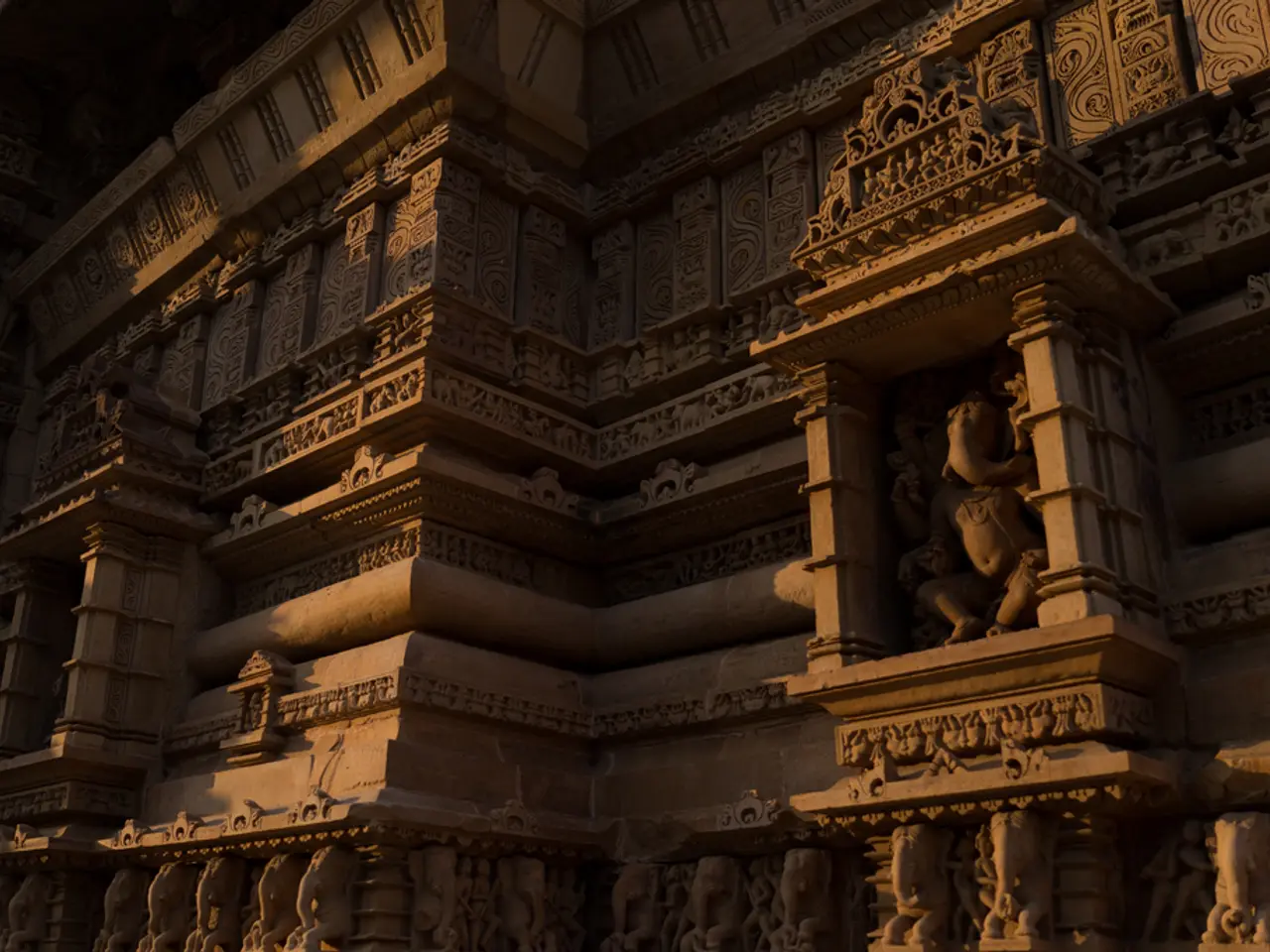Prestigious Funerary Monuments Across Europe
In death, European royalty sought to assert their dominion and cement their legacies through grand and monumental burial sites. These tombs were more than just final resting places; they were architectural declarations of eternal dominance, embodying political ideology and spiritual authority in permanent stone and sculpture.
These tombs served as permanent embassies to the afterlife, acting as dedicated sacred spaces where the living maintained spiritual and material relationships with the deceased monarchs. They often featured religious iconography, precious materials, and inscriptions meant to secure the ruler's immortality and ongoing influence over earthly affairs.
Notable examples include the tombs of the French kings at Saint-Denis, the Habsburgs’ elaborate crypts in the Imperial Crypt (Kapuzinergruft) in Vienna, and the English royal tombs in Westminster Abbey. These burials significantly impacted political scenes by reinforcing dynastic continuity, legitimizing successors, and sometimes inspiring competition among nobility to assert their status through funerary patronage.
One such example is Napoleon Bonaparte's tomb in Les Invalides in Paris, deliberately designed to manipulate visitor psychology. The imposing sarcophagus beneath a vast dome creates a sense of awe and reverence, framing Napoleon as a heroic, almost mythic figure, reinforcing his legacy as an emperor with enduring impact.
Royal tombs play crucial roles in national identity, tourism, and cultural prestige by serving as iconic heritage sites that attract visitors and symbolize historical narratives of statehood and monarchy. They often become pilgrimage destinations that help shape collective memory and promote cultural pride.
Many royal tombs were rebuilt, renovated, or redesigned by later rulers to reflect changing political agendas, legitimize new regimes, or emphasize different aspects of dynastic identity. Renovations often served to appropriate past glory, reassert continuity, or erase politically inconvenient legacies.
The Habsburg dynasty, for instance, created burial sites that functioned as imperial museums, particularly emphasizing family continuity and collective dynastic authority over individual achievements. Their crypts contained extensive displays of imperial regalia and art to visually narrate the lineage’s sustained power.
Lesser-known royal burial sites with significant architectural and historical importance may include smaller dynastic tombs or regional princely burial complexes that are overshadowed by major centers like Westminster or Saint-Denis. These sites often receive less scholarly attention but can reveal much about localized expressions of power and ritual.
Modern royal tomb tourism generates substantial economic benefits by attracting international visitors, supporting local businesses, and fostering investment in cultural infrastructure. The tourism industry around famous royal tombs contributes meaningfully to the economies of host cities and countries.
Architectural innovations from royal tomb construction include developments in vaulting, monumental sculpture, funerary chapels, and integration of symbolic iconography to reinforce narratives of power and divine sanction. These innovations influenced broader architectural practices beyond funerary contexts.
Museums and heritage organizations have adapted royal tomb presentations by enhancing accessibility, providing interpretive materials, interactive displays, and educational programs to make these sites more engaging and informative for tourists. This approach balances preservation with visitor experience.
Modern royal tomb sites face preservation challenges such as environmental degradation, wear from visitor traffic, and evolving cultural attitudes toward monarchy. They adapt by employing advanced conservation techniques, controlled access, and digital technologies to remain relevant and protected.
Lessons from European royal tombs highlight the use of grandeur in political strategy—where architecture and ritual symbolize cultural power and the complex relationship between the living and the dead, blending memory, legitimacy, and identity into enduring monuments. They illustrate how material culture can serve statecraft and social cohesion across generations.
The grand and monumental burial sites of European monarchs, such as Napoleon Bonaparte's tomb in Les Invalides, serve as dedicated sacred spaces that maintain spiritual and material relationships with the deceased, often embodying political ideology and spiritual authority (politics, general-news). These tombs also act as permanent embassies to the afterlife, playing crucial roles in national identity, tourism, and cultural prestige (politics, general-news).
Architectural innovations from royal tomb construction, like developments in vaulting and monumental sculpture, have influenced broader architectural practices beyond funerary contexts (politics, general-news). Modern royal tomb sites face preservation challenges and adapt by employing advanced conservation techniques and digital technologies to remain relevant and protected (politics, general-news).








